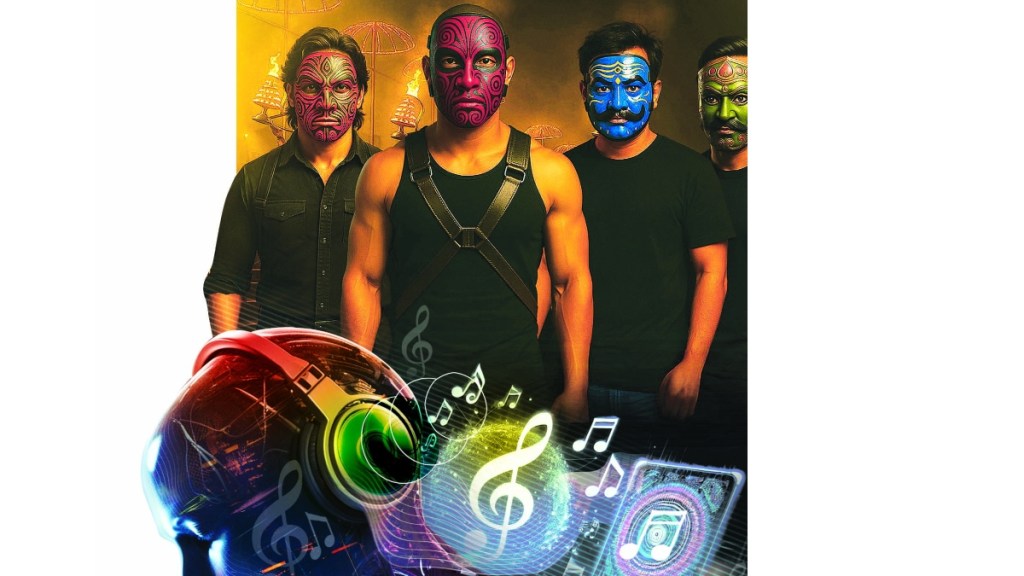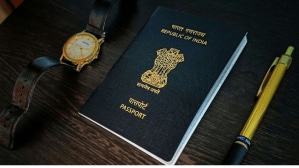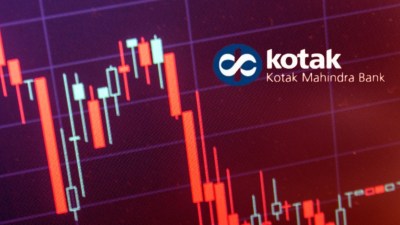By Sugandha Mukherjee
When Collective Media Network introduced Trilok this week, India’s first AI-led spiritual rock band, it offered a glimpse into a future where music may no longer be entirely human. The band fuses Sanskrit chants, mantras, and Indian spiritual motifs with the pulse of rock. But there’s no frontman behind a mic. Instead, AI composes the melodies, writes the lyrics, and even generates the digital avatars performing them. Their debut track, Achyutam Keshavam, now streaming on YouTube, Instagram, and Spotify, feels oddly familiar yet unmistakably synthetic — a curious blend of tradition and tech alchemy.
Created by the same AI innovation lab at Collective Artists Network that built virtual personalities like Kavya Mehra (India’s first AI mom influencer) and Radhika Subramaniam (India’s first AI-powered bilingual travel influencer), Trilok marks a step beyond passive AI-generated music loops. This is a fully conceptualised act which seem like part spiritual, part science fiction. It nudges at a deeper question: what happens when we train machines not only to mimic music but to evoke devotion? Can an algorithm create the atmosphere that indie-rock band Agam does with Manavyalakinchara, the Tyagaraja kriti delivered in Tamil?
Globally, projects like The Velvet Sundown, with over 900,000 monthly listeners on Spotify, are already reshaping how audiences engage with AI-generated soundscapes. After weeks of speculation, their updated bio now openly admits the synthetic origins: “This isn’t a trick, it’s a mirror. An ongoing artistic provocation…” It’s an admission that echoes a larger cultural provocation: if a computer can compose music that moves you, who, or what, is the artiste?
Behind the algorithm
To make AI sing (literally), developers rely on vast datasets composed of real songs. Metadata like artiste names, lyrics, genres, and mood tags become the teaching material. Behind this lies an invisible labour force manually tagging and annotating audio and text enabling AI models to “understand” music as layered sequences of sound and structure. Once trained, models like Suno AI, Soundraw, Beatoven.ai, or Udio can whip up full tracks in seconds. For this story, I typed “song about writing in office” into Suno AI, and it offered me Paper and Keys, complete with editable lyrics and two beat options. It’s as easy and eerie as that.
The underlying process may sound technical, but it’s built on a simple principle: pattern recognition. The AI listens, learns, and then predicts. Given a prompt or a few bars of melody, it decides what should come next until there’s a whole track.
The sound of almost-music
In many ways, this wave of AI music tools is a study in contrast. On one hand, they’re remarkably good at crafting catchy, human-like compositions. Electronic genres like trance or ambient techno, which rely less on vocals, lend themselves well to machine generation. The absence of intricate lyrics or emotive phrasing makes it easier for the AI to assemble something listenable.
But lyrics remain a soft spot. Despite the fluency of tools like ChatGPT or Claude, generating lyrics that feel poetic, layered, and emotionally resonant continues to be a hindrance most music AIs. Often, the results feel like fridge-magnet poetry — technically correct, emotionally flat.
Vocalisation, too, walks a fine line. AI-generated voices can now mimic human intonation with uncanny precision, but glitches still creep in: a word mispronounced, a note stretched oddly, an inflection off-key — like an auto-tuned Tony Kakkar. With repeated refinements, users can often fix these quirks. But whether the result stirs the soul like Adele does remains debatable.
Who owns the sound?
Generative music, at its core, is about creating dynamic compositions based on rules and randomness. But when AI begins to generate not just backing tracks but entire performances, visuals, and public personas — like Trilok — the questions get louder. Who owns the song? Who performs it? What do you call the fans?
Musicians and creators remain divided. Some see AI as a tool, another plug-in in the studio, useful for ideation, background scores, or content prototypes. Others worry about authorship, the exploitation of training data, and the slow erosion of human creativity.
Even celebrated composers like AR Rahman and Hans Zimmer acknowledge AI’s growing role in music. Both believe it can be a powerful aid in the creative process. But they emphasise the importance of preserving authorship and the irreplaceable nuance of human musical expression. In their view, the soul of a song still lies in the heart of its maker.
Yet Trilok and its global counterparts hint at something deeper, a reinvention of cultural storytelling. Can a digital band perform bhakti? Can a neural net evoke the longing found in Portuguese fado? The answers are unclear. But as AI-generated music evolves, the boundary between sound design and soul-searching will only blur further.









